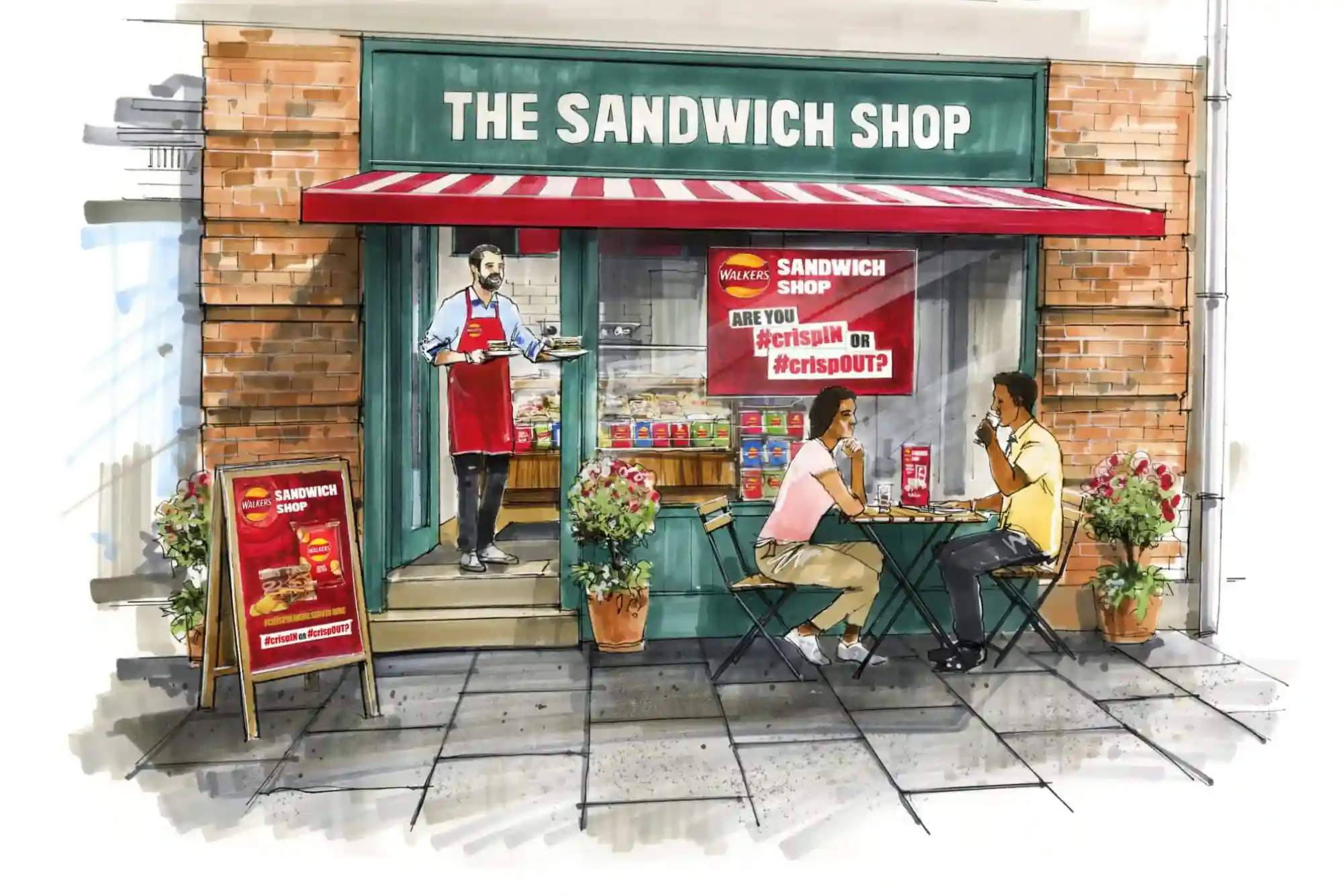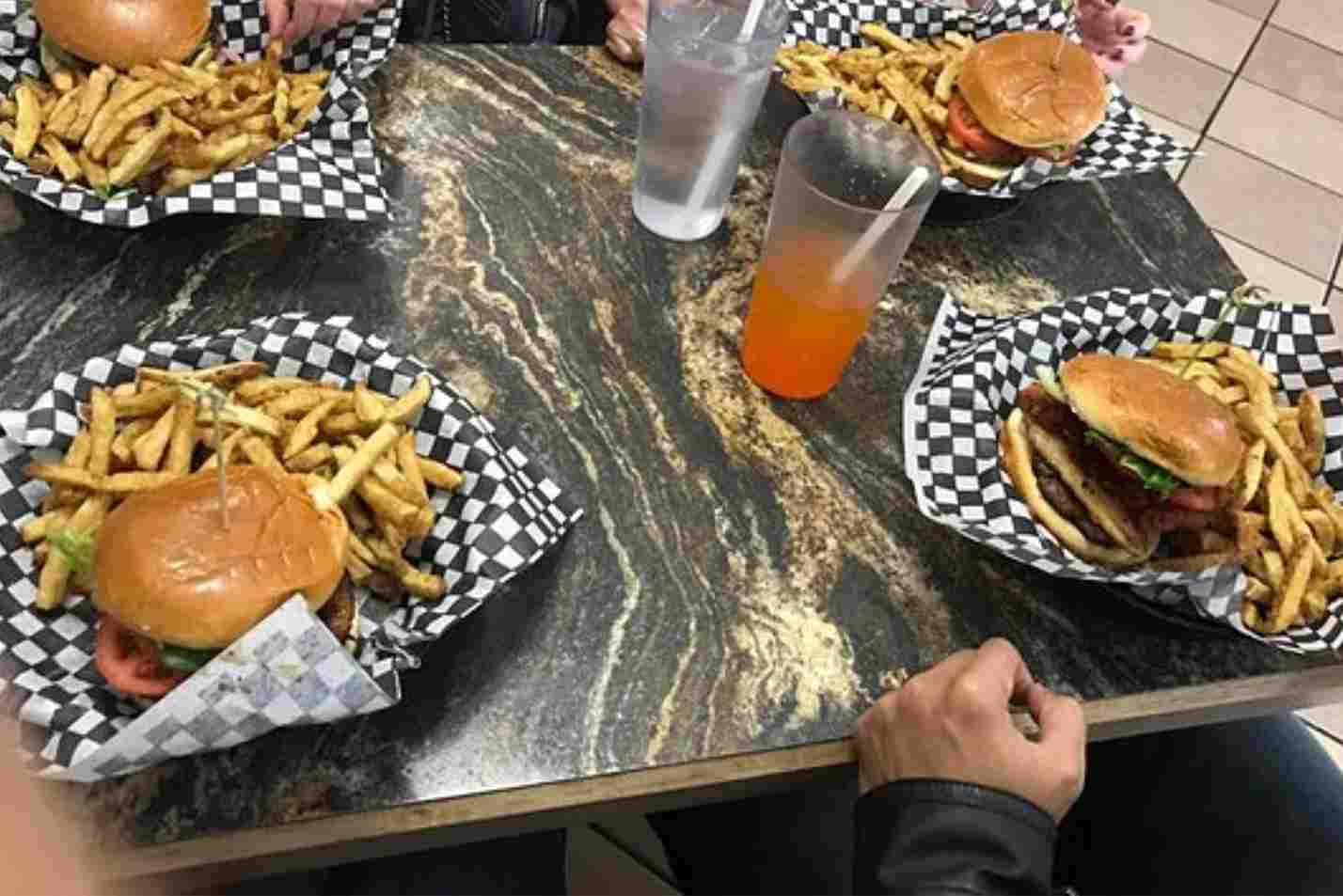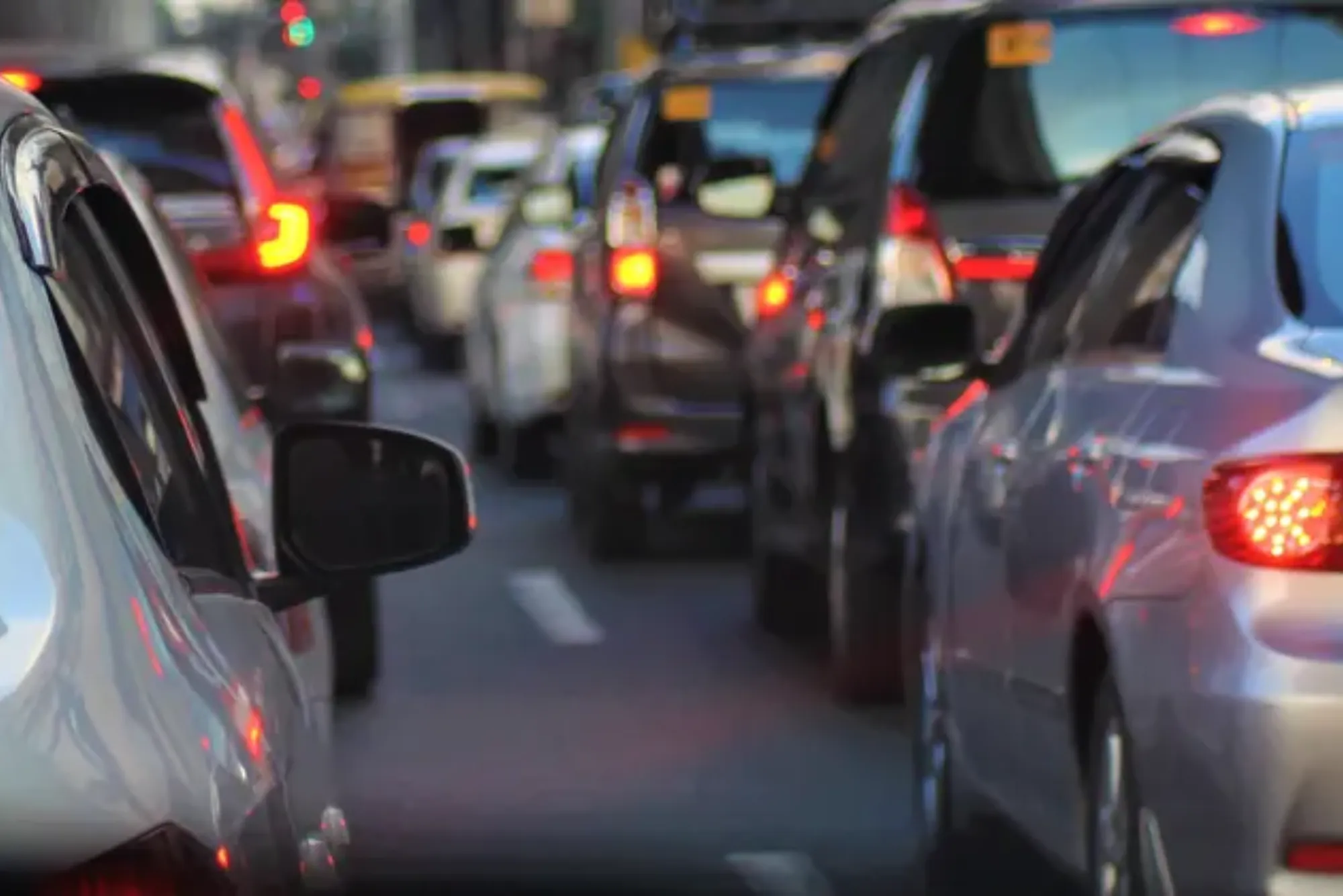Introduction
Traveling can be exhilarating, but unexpected health issues or minor discomforts can quickly derail an adventure. Knowing how to create a minimalist travel first aid & comfort kit ensures that you are prepared without overpacking. A well-curated kit offers peace of mind, allowing you to focus on experiences rather than worrying about injuries or inconveniences. Minimalism in travel means carrying essential items that provide maximum utility, saving both space and weight.
Understanding the Importance of a Minimalist Travel First Aid & Comfort Kit
When traveling, particularly to remote areas or abroad, access to medical facilities may be limited. Carrying a full-size medical kit is often impractical, especially for backpackers or frequent flyers. A minimalist travel first aid & comfort kit balances preparedness with portability. It addresses common health concerns such as minor cuts, headaches, digestive issues, and mild allergies, while also providing comfort items that improve the travel experience.
Travelers often underestimate the small inconveniences that can impact their journey. Blisters, headaches, or motion sickness can be more than minor annoyances. Having a thoughtful, compact kit ensures that these issues do not turn into major disruptions. A minimalist approach also encourages mindfulness and careful planning. By focusing on essentials, travelers avoid carrying unnecessary weight while still addressing likely health scenarios.
Key Principles for a Minimalist Travel First Aid & Comfort Kit
Creating a minimalist kit requires strategic thinking. Focus on items that are multi-purpose, lightweight, and easy to store. Prioritize essentials that address common problems. Avoid bulky packaging by transferring medications into smaller containers or using travel-sized versions. Consider the duration of your trip, the climate, and the type of travel. For example, hiking in humid regions requires different considerations than a city tour.
Another principle is portability. Choose a durable, compact pouch that fits comfortably in a backpack or carry-on bag. Organization is critical; a well-arranged kit allows quick access during emergencies. Include labels or separate compartments to prevent confusion, particularly if you are traveling with companions.
Essential Medications and Treatments
Every minimalist travel first aid & comfort kit should include a select range of medications. Pain relievers and anti-inflammatory drugs address headaches, minor aches, or injuries. Antihistamines provide relief from allergies or insect bites. Digestive aids, such as antacids and anti-diarrheal medications, help manage stomach discomfort. Cold or flu remedies may be necessary during seasonal or regional outbreaks.
For cuts, scrapes, or minor wounds, carry antiseptic wipes, adhesive bandages, and small gauze pads. These items prevent infections and accelerate healing. If traveling to areas with higher risk of infections or bites, consider a compact antiseptic spray or cream. For long-term travelers or those with chronic conditions, include prescription medications in carefully labeled containers. Always check the legal regulations regarding medications in your destination country.
Tools and Equipment for Everyday Comfort
Beyond medications, comfort tools enhance the overall travel experience. A small travel pillow or inflatable cushion can reduce neck strain on long flights or bus rides. A compact eye mask and earplugs help ensure restful sleep, especially in noisy accommodations. Moisturizing cream or lip balm prevents dryness in varying climates. Multi-purpose tools such as a small pair of scissors, tweezers, and a thermometer provide practical support for minor health issues.
For hikers or outdoor travelers, blister pads and specialized bandages are crucial. They prevent painful interruptions and allow continued exploration. Compression socks or travel socks support circulation on long journeys. Items like sunscreen and insect repellent protect against environmental hazards while remaining compact. Comfort should not be overlooked, as minor irritations can escalate into major discomfort if ignored.
Packaging and Organization
How you pack your minimalist travel first aid & comfort kit is as important as the items you include. Use a waterproof pouch or zippered compartment to protect items from moisture or accidental spills. Transparent compartments or labeled sections make it easy to locate medications quickly. Consider separating personal medications from general supplies for hygiene purposes.
Travelers often overestimate the number of items they need. Stick to a “less is more” mentality by removing duplicates and focusing on essentials. Lightweight packing solutions, such as mini bottles and individually wrapped supplies, reduce bulk and prevent unnecessary weight. Prioritize ease of access; during an emergency, you should not waste time rummaging through layers of items.
Preparing for Specific Travel Scenarios
Minimalist travel first aid & comfort kits should be adapted according to the destination and activities. Urban travelers may require fewer outdoor-specific items but might benefit from items addressing air travel issues, such as motion sickness tablets or compression socks. Adventure travelers, on the other hand, need more robust wound care, insect repellent, and hydration solutions. Consider climate, terrain, and accessibility to medical facilities when selecting items.
Travelers with young children or elderly companions may require additional considerations. Pediatric or senior-specific medications, thermometers, and comfort items can make travel safer and more pleasant. Even with a minimalist approach, it is crucial to anticipate potential health challenges and prepare accordingly.
Maintenance and Updates
A minimalist travel first aid & comfort kit is not a static collection; it requires periodic review. Check expiration dates on medications and replace items that have been used. Adapt the kit to match the specific journey and anticipated risks. Keeping an inventory ensures that you do not carry unnecessary or expired items, while also avoiding the stress of realizing something important is missing mid-trip.
A proactive approach to maintenance also improves the overall travel experience. Being organized and prepared builds confidence, allowing you to focus on enjoying your journey. Minimalism in this context is about efficiency and effectiveness rather than reduction for the sake of it.
The Psychological Benefits of a Minimalist Kit
Carrying a well-prepared, compact travel kit goes beyond practical utility. It reduces anxiety associated with travel uncertainties. Knowing that you have essential medications, basic wound care, and comfort items within easy reach allows travelers to approach their journey with confidence. Minimalism in travel promotes mental clarity by reducing clutter, both physically and mentally.
Travelers often report increased satisfaction when they feel self-reliant. A minimalist travel first aid & comfort kit empowers individuals to handle minor health issues independently. This sense of preparedness enhances resilience and contributes to a more enjoyable, stress-free travel experience.
Learning how to create a minimalist travel Trips first aid & comfort kit is an investment in both safety and convenience. By focusing on essentials, organizing items efficiently, and adapting to specific travel scenarios, you can carry a lightweight kit that covers most common health and comfort needs. The key is thoughtful selection and periodic maintenance to ensure relevance and effectiveness.
Travel should be about experiences and memories, not being weighed down by unnecessary items or unanticipated discomfort. A minimalist approach to first aid and comfort achieves both preparedness and simplicity. Start assembling your kit today, tailoring it to your destination, activities, and personal health requirements, and enjoy the peace of mind that comes with being ready for anything.
Take action now by evaluating your current travel habits, identifying gaps in your kit, and building a minimalist travel first aid & comfort kit that fits seamlessly into your adventures. The right preparation can make all the difference on your journey.
FAQ
What are the must-have items in a minimalist travel first aid kit?
Must-have items include pain relievers, antihistamines, antiseptic wipes, adhesive bandages, and digestive aids. Multi-purpose tools like tweezers and small scissors are also helpful.
Can I carry prescription medications in a travel first aid kit?
Yes, but ensure they are clearly labeled and check the regulations of your destination country. Carry sufficient quantities for the duration of your trip.
How do I keep my kit compact and lightweight?
Use travel-sized containers, avoid duplicates, and pack only essential items. A durable, organized pouch keeps everything accessible and protected.
Should I include comfort items in my travel kit?
Absolutely. Items like a travel pillow, eye mask, earplugs, and lip balm enhance your comfort, especially on long journeys or during flights.
How often should I update my travel first aid kit?
Review your kit before each trip. Check expiration dates, replenish used items, and adjust contents based on the destination, climate, and activities.





















